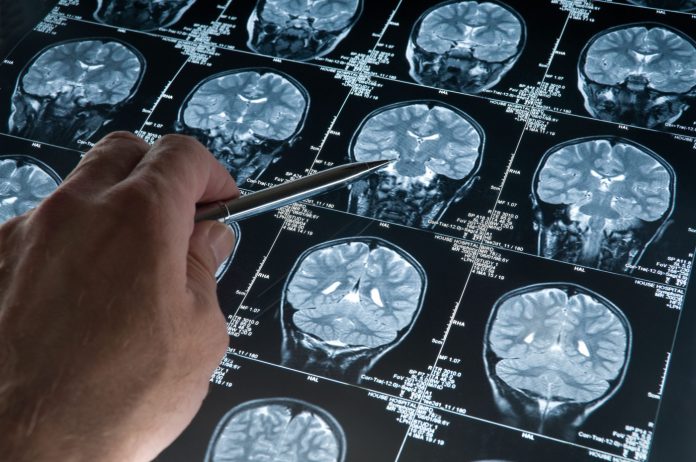
Australian scientists have developed a world-first map showing gene activity changes in diverse human brain cell types from pre-birth to adulthood. This map of normal brain cell development should help researchers identify altered states more accurately in neurological and psychiatric disorders such as schizophrenia, or aberrant cell states in diseases such as brain cancer.
The research, which has been published in Cell, was carried out by a team of Perth researchers at the Harry Perkins Institute of Medical Research and The University of Western Australia. The work was spearheaded by postdoctoral researchers Chuck Herring, Rebecca Simmons, Saskia Freytag, and Daniel Poppe, and led by Ryan Lister who previously worked on generating the first comprehensive maps of the human epigenome.
“This high-resolution map shows how the gene activity of each different type of brain cell in the prefrontal cortex changes as we mature, from mid-gestation through to adulthood in normal individuals, and predicts the cellular [features] that control these changes,” Herring said.
“Without a map of normal development, we don’t have a reference to identify what is abnormal, and how it might contribute to brain disorders.”
There is tremendous interest in advancing neuroscience with genomic technology. The Allen Institute, for example, has launched a global effort to map the human brain by cell type and function.
This new map from the Harry Perkins group and collaborators should help researchers identify altered states more accurately in neurological and psychiatric disorders such as schizophrenia, or aberrant cell states in diseases such as brain cancer.
“Our previous research assembled maps of how the epigenome changes during human brain development. Our new study now focuses on how gene activity and its controlling factors change as we mature,” Lister said.
Our brains contain a huge diversity of cell types, each with their own specialized functions. But a fully developed brain takes a long time to build, with brain maturation continuing into the third decade of life.
“Through this long process our cognitive abilities emerge, grow, change, and advance. Think of the enormous differences in what an adult can do, compared to a child, toddler, or newborn,” Lister said.
“Underpinning these advances are complex changes in the cells of our brain, as they migrate, grow, form and refine connections, and communicate. Importantly, these changes require the correct control and timing of gene activity, and our new work provides the first reference map of this.”
“Before now, there was a major gap in our knowledge of gene activity and factors controlling it in the brain between birth and adulthood,” Simmons explained.
“We obtained post-mortem brain tissue from neurotypical individuals and used new technologies for mapping gene activity at single cell resolution to track each individual type of cell as we develop and age,” she added.
“Different neurological and psychiatric diseases emerge at specific times during development, such as autism spectrum disorders in the early years or neuropsychiatric disorders such as schizophrenia emerging in the teens sometimes, so there are common time periods during development where certain disorders emerge and they will have a cellular basis,” Freytag said.
“These maps are helping us to better understand brain disorders, and to develop improved models of brain cells for modeling diseases and new drug discovery,” Lister said.
Poppe said, “It will be a great resource for neurologists, neuroscientists, and those working in developmental biology. Most disorders affecting the brain progress over time, so these findings could allow researchers to identify initial events before these diseases manifest. This would enable earlier intervention in the future.”













